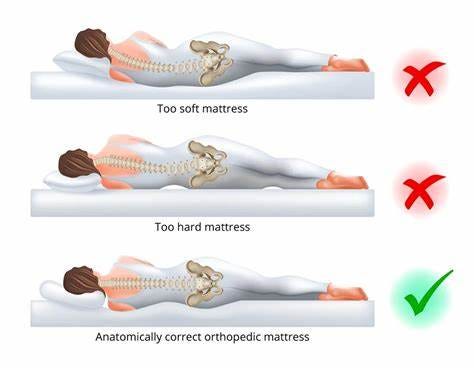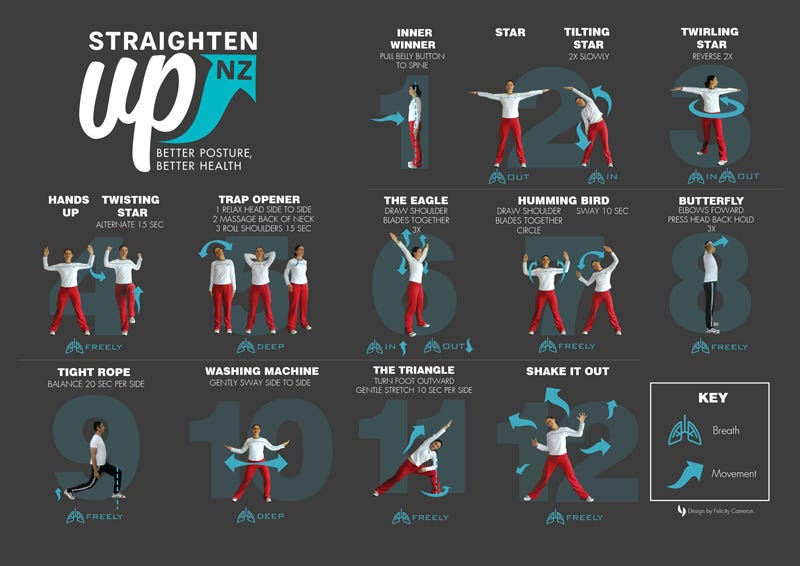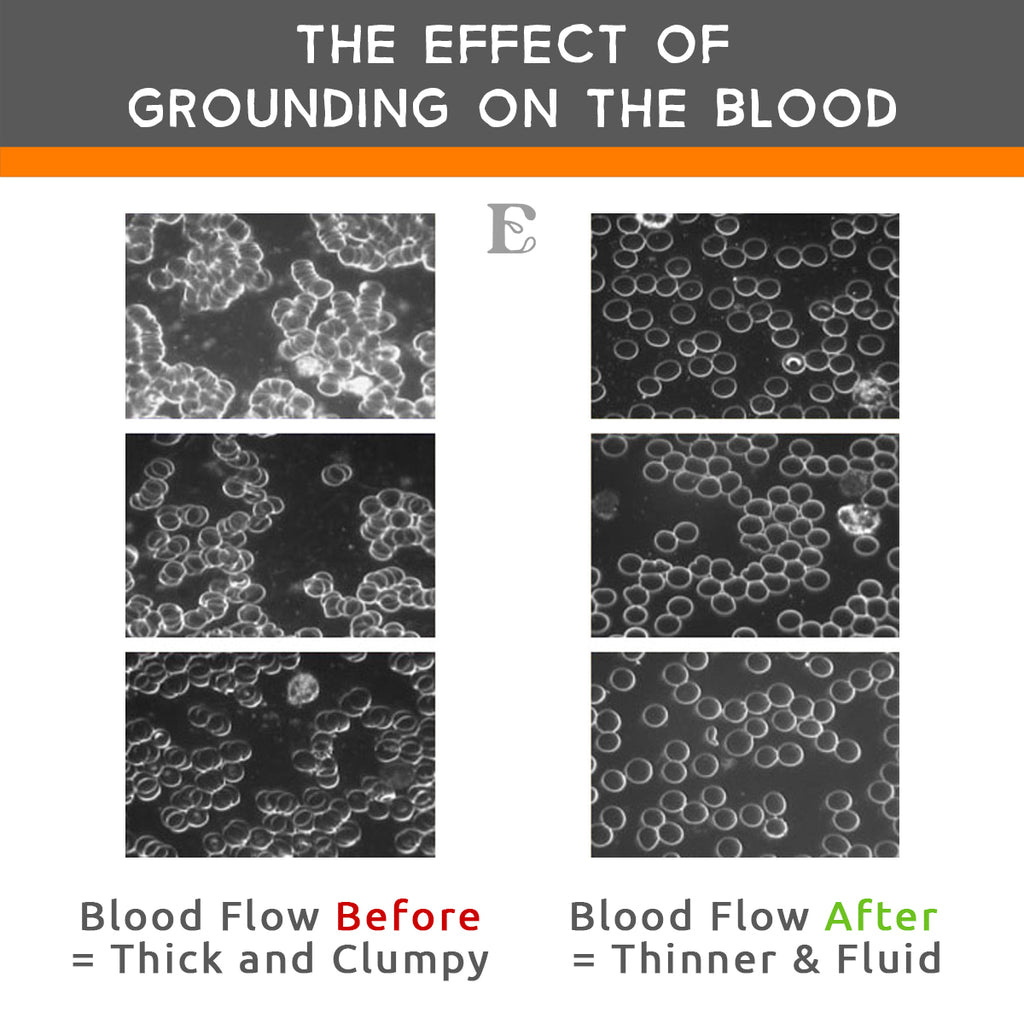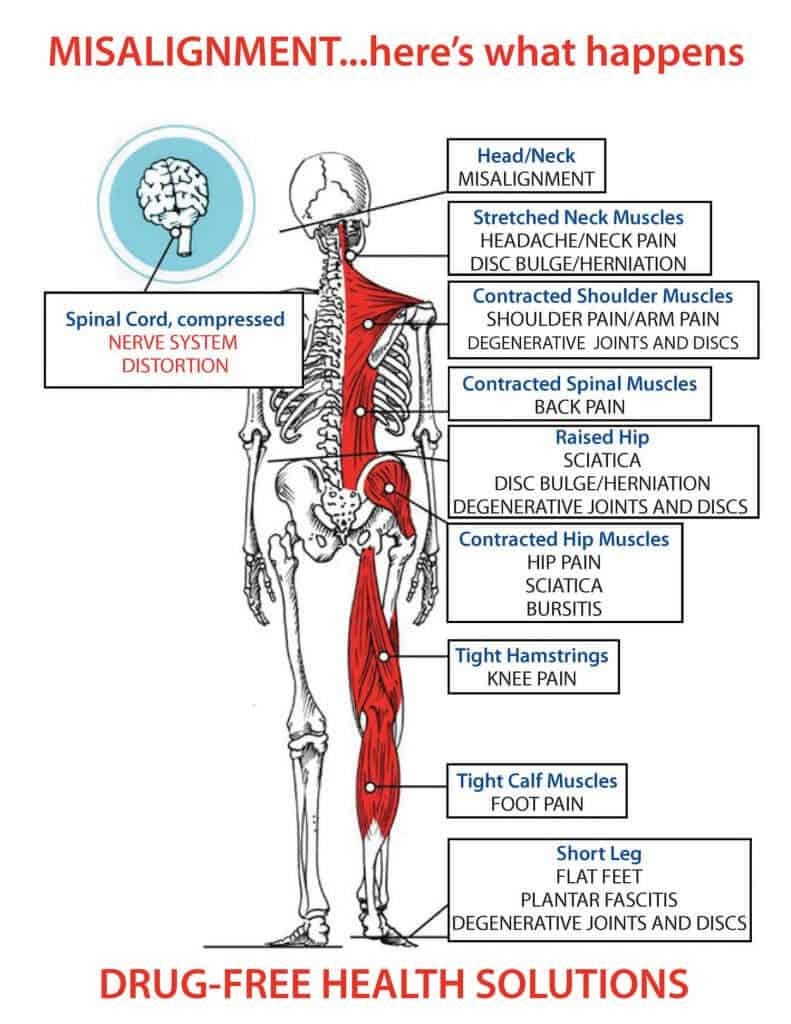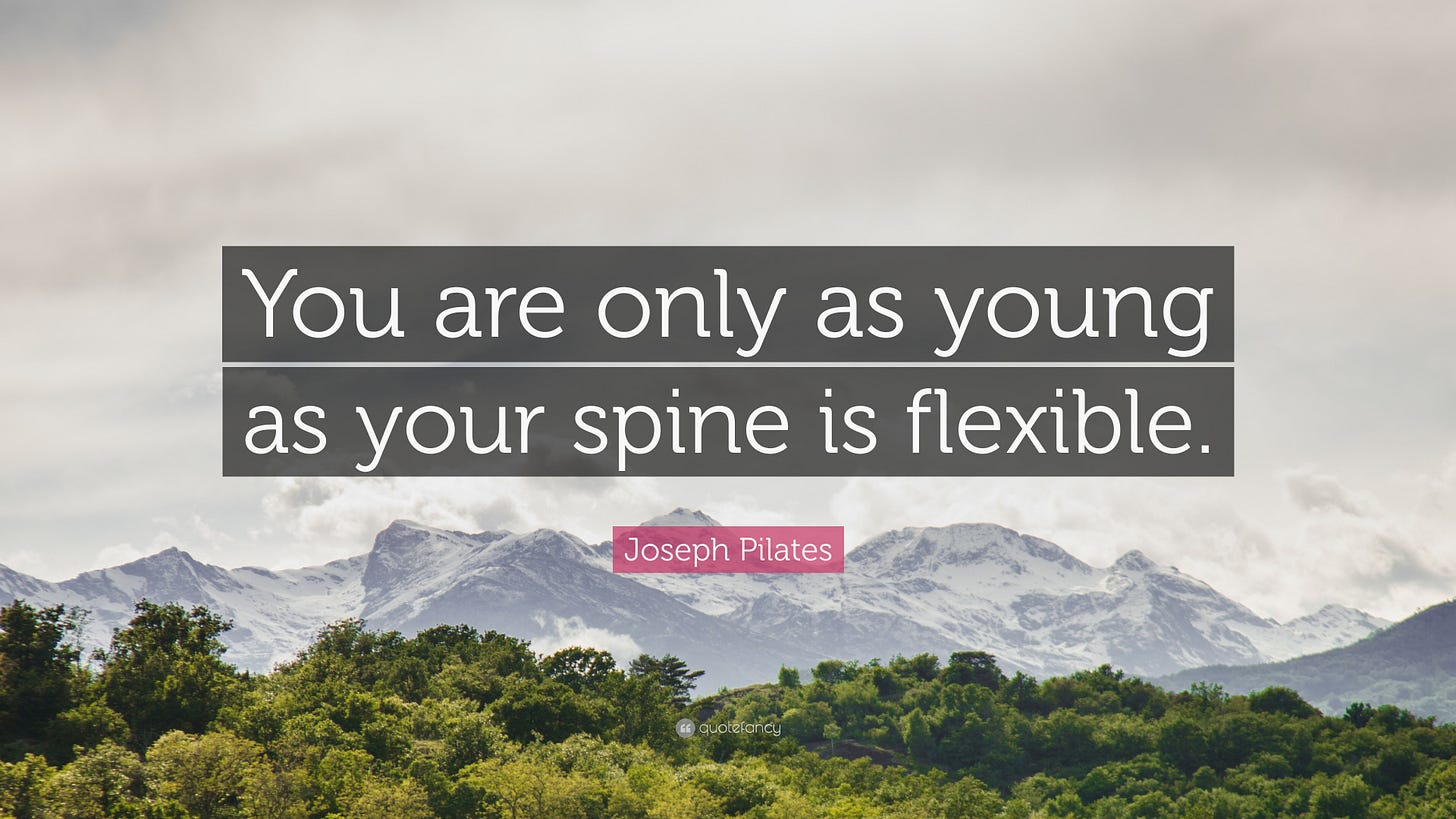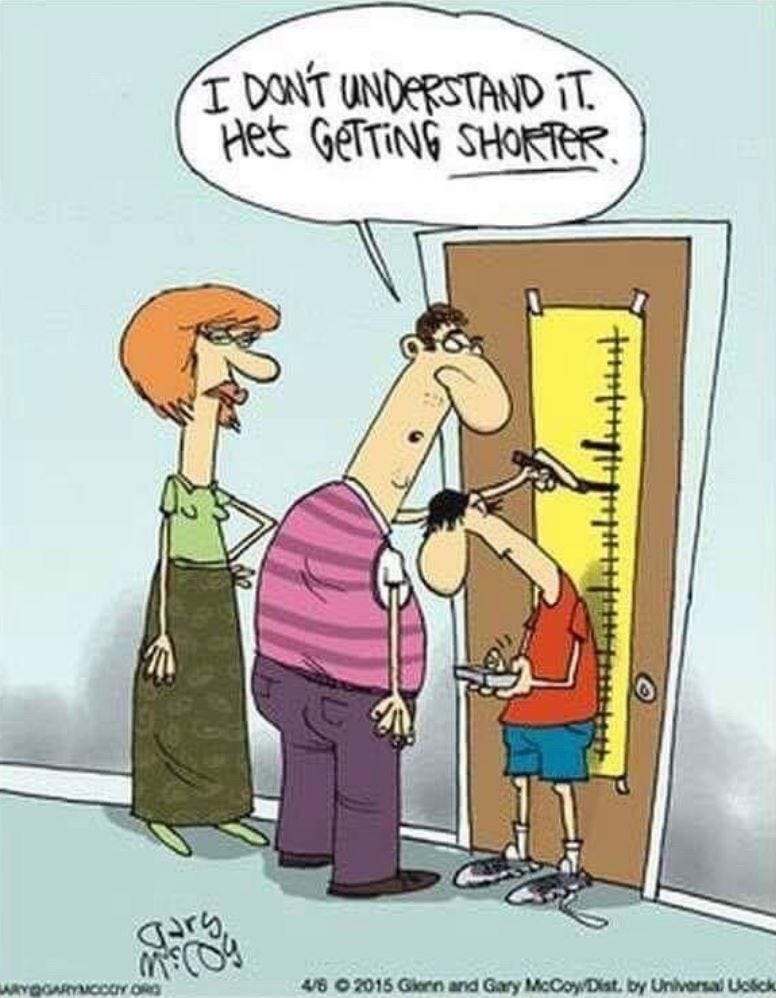How To Slow Down Height Loss
Can anything be done to slow down loss of height as we get older? Most definitely!
As opposed to the spines of our animal friends, gravity is constantly applying a downward, compressive force on the human spine during the day. In conjunction with decreasing postural muscle strength, this pressure slowly weakens the discs between the vertebrae.
Between the age of 40 and 70, most men slowly become up to five centimeters shorter, while most women lose double that amount. After age 80, men and women tend to become another 2.5 to 5 cm shorter.
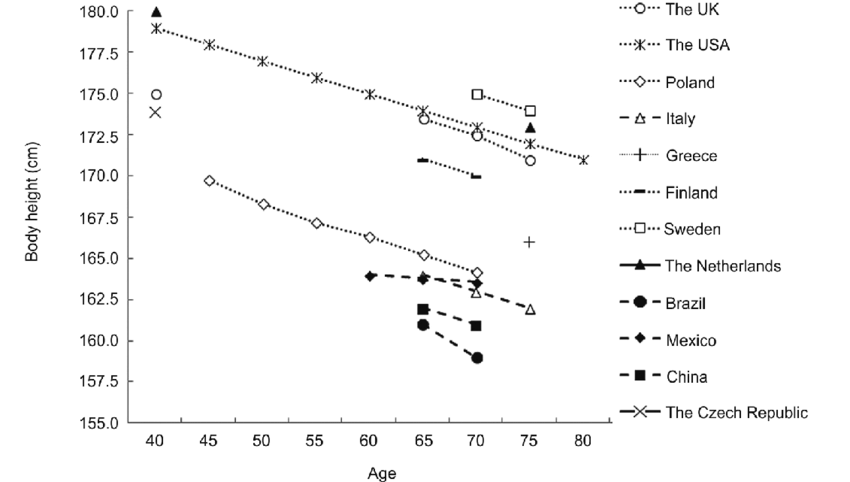

While getting shorter may seem to only affect physical presence, accelerated height loss also diminishes overall health. Studies have revealed that premature shrinking is also associated with increased morbidity (disease) and mortality (death) rates.
So how can this natural part of aging be slowed down dramatically?
Firstly, an essential but overlooked factor is getting adequate amounts of deep, natural sleep. One of the reasons that we sleep in a lying position, is to give our spinal column a long break from gravity, allowing our core structure to decompress and rejuvenate all the discs, joints, ligaments, tendons, muscles, and nerve receptors.
Secondly, regular exercise that engages the whole spine is vital. The discs between the vertebrae do not have a direct blood supply and require motion to stay healthy. Without regular spinal motion, these discs are not able to absorb nutrients, including water and oxygen, while expelling waste products, leading to early degeneration.

Regular motion of the spine is as important for spinal hygiene as flossing is for dental hygiene. Walking regularly is imperative, but any activity that moves the spine through its full range of motion is essential and should be done daily for at least 10 minutes. (See chart below.) Another fun of way of achieving this is simply by dancing or even most sports.
After the age of 40, muscle tone and strength is lost quickly if skeletal muscles are not used on a regular basis. This indirectly contributes to height loss. Exercise that strengthens the core is also important to maintain the hundreds of muscles that make up the spinal column. This lightens the load on the discs and joints of the spine.
Thirdly, maintaining proper blood flow to the spinal column is critical. Blocked and narrowed spinal arteries are one of the overlooked causes of early spinal degeneration. These tiny arteries become narrowed and blocked (see image below) long before the arteries of the heart. In fact, early spinal degeneration is often a precursor to heart disease. Try your best to consume at least 6-8 servings of raw fruit and veggies every day, which has been shown to improve blood flow and even reverse heart disease.
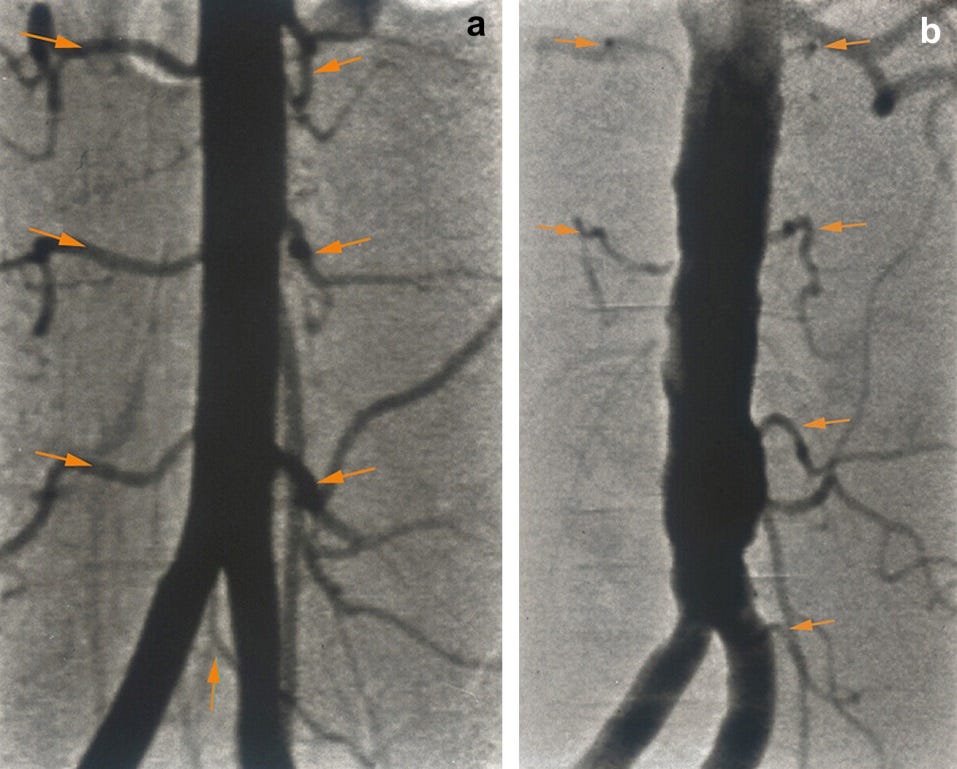
Earthing is another way that has been proven to improve blood flow and will also help to keep the spine healthy. Try to Earth or Ground each day for at least 30 minutes.
Additionally, avoid long-term use of pharmaceutical drugs, including painkillers and anti-inflammatory drugs (NSAIDs). Ironically, while these drugs are used to treat osteoarthritis (OA), a large 2019 meta-analysis concluded “that long-term use (ranging from one to seven years) of NSAIDs, particularly non-specific drugs, accelerates OA structural progression.”
Many pharmaceutical drugs are also known to cause osteoporosis, which can lead to compression fractures of vertebrae. These sudden collapses of the spinal segments contribute to even more dramatic loss of height.

And finally, stretching the spine should also be a daily habit. The most effective way to gently and safely decompress the spinal column is with the “Dead Hang.” (I prefer to call this simple yet mostly passive exercise the “Life Hang,” because it can certainly add more life to your years.) This is not only beneficial for spinal longevity, but also for shoulder health and grip strength, which is essential as we get older. Try to hang every day, if possible, for at least 30 seconds, especially after exercising and at the end of the day.
Remember, like all other exercise, this stretch is much more effective when the mind, the spine, and body are balanced. Chiropractic adjustments have been proven to improve muscle strength, which will also improve spinal trunk muscle tone, making proper posture more comfortable. This is yet another reason that neurologically-focused chiropractic care can play an essential role in aging gracefully.
On a personal note, I am grateful to say that despite being 53 years old now, I have not lost any height. Just as I was in my early 20’s, I am still 1.81 meters (5 foot, 11 inches) tall. While it’s nice for me to say this, it’s been disheartening for me to see close friends and family getting visibly shorter sooner than they should. While getting shorter is an inevitable part of life, the rate that this happens can certainly be slowed down significantly, thus improving your posture, your outlook, your productivity, and even your overall health.
by SJ NANA, DC, DrNana.co.za
References:
Spine Decompression During Sleep: Nocturnal Recovery for Your Back How to Stop Height Loss with Age
Opioid-induced Osteoporosis: Assessing Causes and Treatments
Hanging (Dead Hang) for Health, Essential Bodyweight Exercise
Dead Hangs: The Benefits on Your Overall Health and Wellbeing
Video: This ONE exercise changed my life in 3 Ways by Dr Adam J. Story
Please see my other articles related to this topic:





